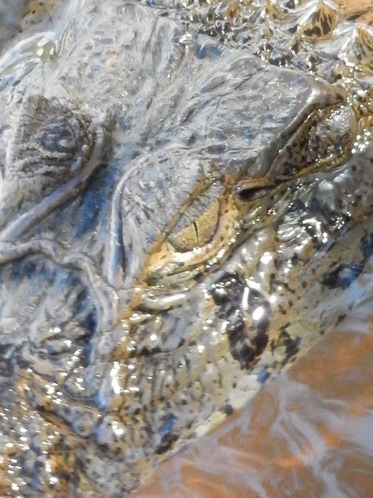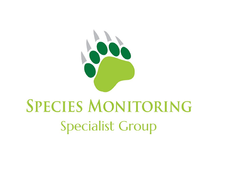Our Mission
The IUCN SSC Species Monitoring Specialist Group aims to enhance biodiversity conservation by improving the availability and use of data on species populations, their habitats and threats.
Goals, Objectives & Outputs
Goal
|
By 2028, decisions and actions on biodiversity conservation are informed by the improved collection, analysis, sharing and use of data on species populations, their habitats and threats, ultimately leading to the enhanced conservation of threatened species and their habitats.
Key indicators include:
|
Objectives
Objective 1 (Tools and methods): By 2025, appropriate species monitoring tools and methods (including technological innovations) that help fill data gaps are developed, harmonized and shared.
Key indicators include:
Objective 2 (Capacity): By 2025, capacity and resources for species monitoring are enhanced in IUCN SSC specialist groups and their partners, especially governments, civil society organizations and multilateral environment agreements as well as managers of important conservation sites (Key Biodiversity Areas, protected areas, Ramsar sites, World Heritage sites, Alliance for Zero Extinction sites).
Key indicators include:
Objective 3 (Data collection and use): By 2025, data on species populations, their habitats and threats have increased for at least [ten taxa] on at least three continents and are being used for Red List assessments and environmental decision-making.
Key indicators include:
Objective 4 (Databases and data sharing): By 2025, databases with species data are inter-linked, more easily and freely accessible than in 2017 and designed to meet user needs.
Key indicators include:
Objective 5 (Poorly-known taxa): By 2025, the Group’s work leads to increased monitoring of species of priority for conservation that were largely neglected in 2016 (such as certain taxa of smaller mammals, reptiles, amphibians, fish, invertebrates, fungi and plants).
Key indicators include:
Key indicators include:
- Number of tools and methods available
- Number of people using tools and methods developed by the Group
- Number of scientific papers on tools and methods developed by the Group.
Objective 2 (Capacity): By 2025, capacity and resources for species monitoring are enhanced in IUCN SSC specialist groups and their partners, especially governments, civil society organizations and multilateral environment agreements as well as managers of important conservation sites (Key Biodiversity Areas, protected areas, Ramsar sites, World Heritage sites, Alliance for Zero Extinction sites).
Key indicators include:
- Number of tools generated by the Group being used for species monitoring
- Number of people trained by the Group in methods and tools
- Number of specialist groups and their partners using tools and methods developed by the Group
- Number of important conservation sites where tools and methods developed by the Group are being applied
- Number of hits and downloads on the Group website.
Objective 3 (Data collection and use): By 2025, data on species populations, their habitats and threats have increased for at least [ten taxa] on at least three continents and are being used for Red List assessments and environmental decision-making.
Key indicators include:
- Report available on key data gaps to be filled (taxonomic, geographic, temporal)
- Number of IUCN SSC taxonomic specialist groups with data on the status and trends of species populations, their habitats and threats
- Number of taxa with new data relevant to Red List assessments due to the Group’s work
- Number of derived products (dashboards, tailored reports, etc.) generated through the Group’s work that help make data available to decision makers
- Number of government reports to MEAs and project reports to donors using data generated with support from the Group
- Number of decisions where data collected due to the Group’s work have been used.
Objective 4 (Databases and data sharing): By 2025, databases with species data are inter-linked, more easily and freely accessible than in 2017 and designed to meet user needs.
Key indicators include:
- Number of databases with inter-connections
- Number of databases with data openly and freely accessible
- Number of databases built or adapted based on user needs assessments.
Objective 5 (Poorly-known taxa): By 2025, the Group’s work leads to increased monitoring of species of priority for conservation that were largely neglected in 2016 (such as certain taxa of smaller mammals, reptiles, amphibians, fish, invertebrates, fungi and plants).
Key indicators include:
- Number of monitoring plans developed for taxa previously unmonitored systematically (e.g. species listed as Data Deficient in the 2016 Red List)
- Number of identified data gaps filled for less well known species.


